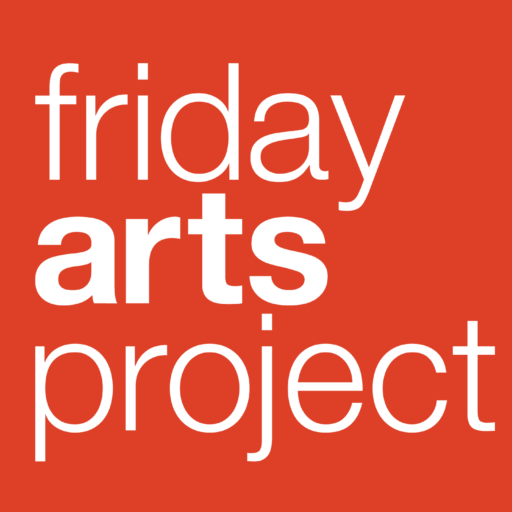Who’s Afraid of Modern Art? by Daniel Siedell
Chapter 3, “The Art World” (all quotes, unless otherwise indicated, are from the book)
 From a previous discussion:
From a previous discussion:
“In the space between hearing and speaking, being judged and judging, we find ourselves in this world not in some harmony that has already been achieved, but in the midst of a battle of controversies and conflicting interpretations.” Oswald Bayer
Quote:
“[Sarah] Thornton’s narrative [Seven Days in the Art World] revolves around two major themes. Her first, which she reiterates time and again throughout her account, is that ‘great works do not just arise, they are made – not just by artists and their assistants but also by the dealers, curators, critics, and collectors who ‘support’ the work.’ The art world works to give value to the work of art. And second, she argues that the art world is a secular religion. The contemporary art world, Thornton suggests, ‘is a loose network of overlapping subcultures help together by a belief in art.’ Thornton continues, ‘It demands leaps of faith, but it rewards the believer with a sense of consequence.’ It is not a homogeneous or monolithic institution, it consists of a matrix of communities and institutions that are animated by what Thornton calls, ‘a kind of alternative religion for atheists.’ Belief holds this peculiar art world together, and belief is mediated through a tradition.” page 47
“From this we may gather that man’s nature, so to speak, is a perpetual factory of idols. Man’s mind, full as it is of pride and boldness, dares to imagine a god according to its own capacity.” John Calvin
“Throughout her account, Thornton observes that this art world functions as a religion for many of the participants. This should interest us, for it makes clear that the stakes in the art world are existentially high and therefore inherently theological: the institution of art is the means by which many of its participants bring order into their lives, justifying their very existence to another – the world, themselves, or God.” page 49
Questions:
How do these quotes make you think about your own art, your own creating? Could this be one of the reasons why the art world is so influential on culture, the fact that Thornton equates it to traditional religious capacities?
Quote:
“For those…who might think that Thornton’s Seven Days chronicle degrades or compromises the purity of art and its meaning because she appreciates the social structures of the art world and addresses the brute fact that art is a business and big business: it’s time to grow up…Serious art in the Western tradition – that is, art that is not content to ‘image’ what we think we already know about the world of appearances and experiences, but probes more deeply into the nature of such reality through aesthetic form – has always been inextricably bound up with business…Great art emerges out of the warp and woof – some might say the muck and mire – of commerce, of production and distribution…Can there by any other way?” pages 48-49
Question:
Can there? How does this quote regarding the business of art affect the previous quotes and discussion regarding the severity of belief in art in the art world?



